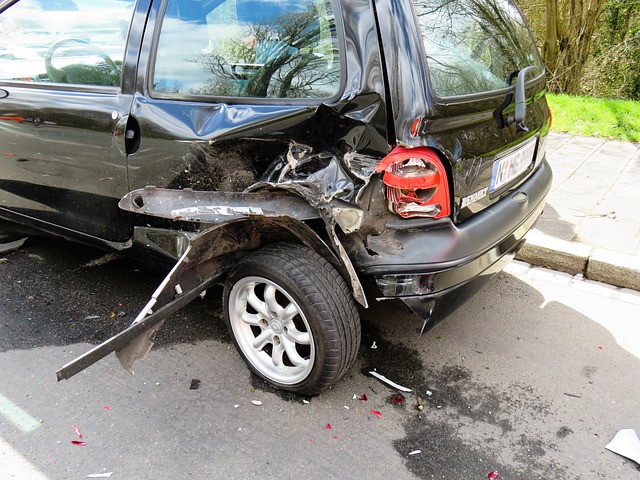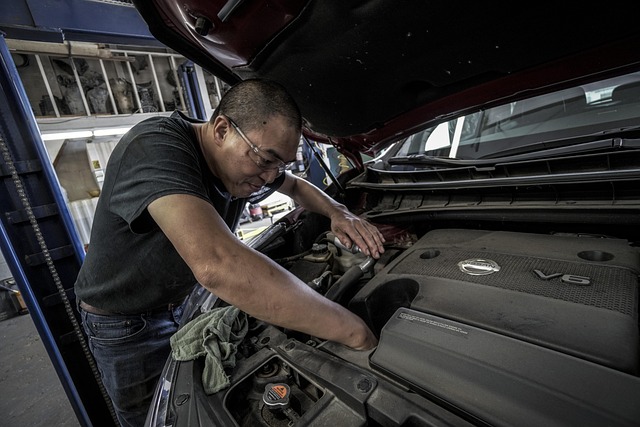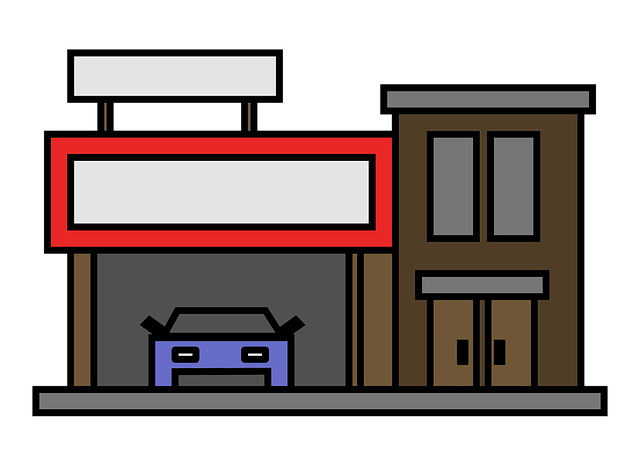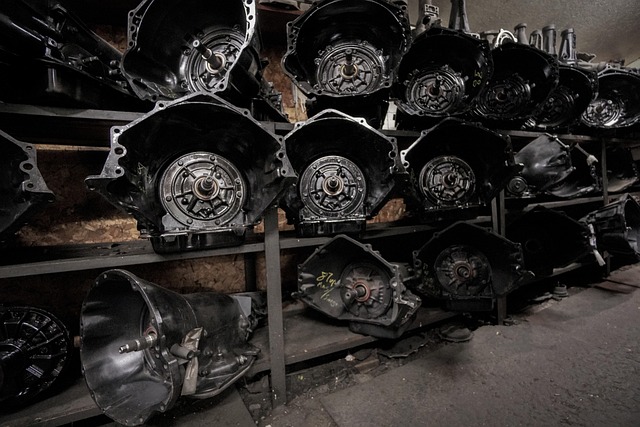Advanced Frame Repair: Safeguarding Vehicle Crashworthiness
Crashworthiness is a vital automotive safety aspect, with vehicle frames playing a key role in prote…….
Welcome to an in-depth exploration of the cutting-edge practice of advanced frame repair, a field that is transforming the way we maintain and restore structural integrity. In today’s world, where safety, sustainability, and innovation are paramount, advanced frame repair has emerged as a game-changer, offering novel solutions for repairing and reinforcing structures across various industries. This article aims to provide an all-encompassing guide, delving into every facet of this transformative process, from its foundational concepts to its global impact and future prospects. By the end, readers will grasp the profound implications and endless possibilities that advanced frame repair presents.
Definition: Advanced frame repair is a specialized technique employed to restore and reinforce structural frames, primarily in buildings and bridges, following damage or deterioration. It involves using innovative methods and materials to enhance the load-bearing capacity, structural stability, and longevity of these critical components.
Core Components:
Inspection and Assessment: The process begins with a meticulous inspection to identify damage patterns, extent, and causes. This stage employs advanced non-destructive testing (NDT) techniques like ultrasound, radiography, and thermal imaging to visualize internal structures without causing further harm.
Reparation and Reinforcement: Based on the assessment, specialized repair techniques are employed:
Load Testing and Certification: After repair, structures undergo rigorous load testing to ensure they meet safety standards and regulatory requirements. This step is crucial in rebuilding public confidence in the structural integrity of repaired frameworks.
Historical Context:
The concept of advanced frame repair has evolved over centuries, driven by increasing architectural ambitions and stricter safety regulations. Traditional methods focused on replacement rather than restoration, often leading to lengthy closures and significant costs. However, advances in materials science and engineering have revolutionized this approach, enabling more efficient, cost-effective, and structurally sound repairs.
Advanced frame repair has left an indelible mark on the global construction industry, with its influence permeating every continent. Key trends shaping this field include:
Increased Adoption in Developed Nations: Countries like the United States, Canada, and many European nations have embraced advanced frame repair as a standard practice due to stringent building codes and a growing focus on historic preservation.
Emerging Markets’ Rapid Growth: Developing economies, particularly in Asia and Latin America, are witnessing a boom in this sector as urbanization accelerates and infrastructure projects expand, driven by government initiatives and a rising middle class.
International Collaboration: Global partnerships and knowledge-sharing have fostered innovation, with best practices and technologies being adapted and improved upon across borders. This collaboration is evident in the development of international standards and guidelines for advanced frame repair.
The global advanced frame repair market, currently valued at over $10 billion, exhibits strong growth potential, driven by several economic factors:
| Factors | Impact |
|---|---|
| Rising Construction Spends: Global construction expenditure is projected to reach $15.5 trillion by 2030, providing ample opportunities for advanced frame repair services. | Market Expansion |
| Stricter Safety Norms: Growing emphasis on structural safety post-disasters has led to stricter regulations, pushing the demand for high-quality repairs. | Increased Investment |
| Infrastructure Renewal: Many nations are investing heavily in renewing aging infrastructure, including bridges and historic buildings, creating a steady pipeline of repair projects. | Long-Term Growth |
Technological innovations have been pivotal in the evolution of advanced frame repair, enabling more precise, efficient, and sustainable practices:
3D Modeling and Printing: These technologies allow for detailed digital representations of structures, aiding in planning and visualization. 3D printing offers rapid prototyping and even direct repair of certain components, reducing material waste.
Drone Inspection: Drones equipped with high-resolution cameras and sensors can access hard-to-reach areas, providing comprehensive data for structural assessment, especially in challenging environments or post-disaster scenarios.
Smart Materials: Developing materials like self-healing concrete and shape-memory alloys promise revolutionary repair capabilities, where structures can actively recover from damage over time.
Governments worldwide play a pivotal role in promoting advanced frame repair through regulatory frameworks and incentives:
Building Codes: Many countries have incorporated provisions for advanced frame repair techniques into their building codes, ensuring these practices are considered during construction and renovation.
Incentives for Historic Preservation: Tax breaks and grants encourage the use of advanced repair methods on historic structures, balancing preservation with modern safety standards.
International Standards: Organizations like the International Organization for Standardization (ISO) have developed guidelines (e.g., ISO 17025) to ensure quality control and consistency in advanced frame repair practices globally.
Despite its numerous benefits, advanced frame repair faces challenges that must be addressed for wider acceptance:
Initial Cost Concerns: While the long-term savings are significant, higher initial costs can deter property owners and developers, especially in cost-competitive markets.
Specialized Skills Shortage: The specialized nature of advanced frame repair requires a skilled workforce. Training programs and industry collaborations are essential to bridge this gap.
Regulatory Disparities: Inconsistent regulations across regions can create uncertainty, impacting project timelines and costs. Standardization and harmonized policies are necessary for efficient implementation.
Proposed Solutions:
After decades of wear and tear, the iconic Brooklyn Bridge required significant frame repair. Engineers utilized advanced welding techniques and carbon fiber composites to reinforce critical structures without closing the bridge to traffic. This project set a benchmark for balancing structural integrity with operational continuity, attracting global attention.
The construction of the world’s tallest tower presented unique challenges due to its complex steel frame. Advanced frame repair techniques were employed to ensure the structural integrity of the tower during and after construction, addressing potential issues related to wind loading and seismic activity.
Several European countries have successfully restored historic theaters using advanced frame repair. In Paris, France, a renowned theater underwent a meticulous repair process, preserving its architectural splendor while enhancing its structural integrity. This project received international acclaim for combining historical preservation with modern safety standards.
The future of advanced frame repair is brimming with potential, driven by emerging technologies and evolving needs:
Digital Twin Technology: Creating digital replicas of structures enables predictive modeling, allowing engineers to simulate various scenarios and optimize repair strategies.
Artificial Intelligence (AI): AI can analyze vast data from sensor networks, drones, and NDT equipment to provide real-time insights during inspections and repairs, enhancing efficiency.
Sustainable Materials: The push for sustainability will drive the development of eco-friendly materials, reducing the environmental impact of repair projects.
Global Collaboration: As knowledge sharing intensifies, regions can learn from each other’s successes, fostering innovative practices and standardizing methodologies.
Advanced frame repair has emerged as a cornerstone in the pursuit of safer, more sustainable structures worldwide. Its ability to restore and reinforce critical components while minimizing disruption and costs is transforming the construction industry. As we look ahead, this field will continue to evolve, driven by technological advancements, global collaboration, and a relentless focus on structural resilience. The future holds immense potential for advanced frame repair to shape our built environment, ensuring safety, durability, and a sustainable legacy for generations to come.
Q1: How does advanced frame repair differ from traditional repair methods?
A: Traditional methods often involve replacement, leading to lengthy closures and higher costs. Advanced frame repair, on the other hand, focuses on repairing and reinforcing existing structures using innovative techniques and materials, preserving historical integrity while enhancing safety.
Q2: Are there any environmental benefits to advanced frame repair?
A: Absolutely! By extending the lifespan of structures and minimizing the need for new construction, advanced frame repair reduces material waste, energy consumption, and carbon emissions, contributing to a greener planet.
Q3: Can advanced frame repair techniques be applied to all types of buildings?
A: While these methods are versatile, their applicability depends on various factors, including structural design, age, and damage patterns. Specialized assessment is crucial to determine the most suitable repair strategy for each unique structure.
Q4: How do drone inspections benefit advanced frame repair?
A: Drones provide a safe, efficient way to access hard-to-reach areas, capturing detailed data for structural assessments. This technology enhances safety and reduces the time and costs associated with traditional inspection methods.

Crashworthiness is a vital automotive safety aspect, with vehicle frames playing a key role in prote…….

Advanced frame repair is a specialized service crucial for restoring vehicles to pre-accident condit…….

Advanced frame repair for luxury and high-performance vehicles is a critical component of safety and…….

Frame scanning technology revolutionizes advanced frame repair by providing precise digital blueprin…….

Advanced frame repair is a specialized process requiring expert technicians due to modern vehicles&#…….

Advanced frame repair techniques have revolutionized auto body shops, leveraging state-of-the-art eq…….

Advanced frame repair is revolutionizing the automotive industry by combining structural integrity r…….